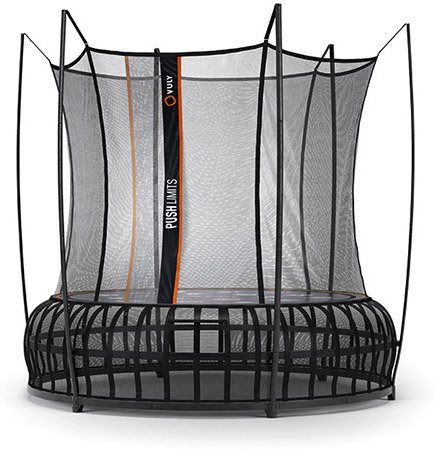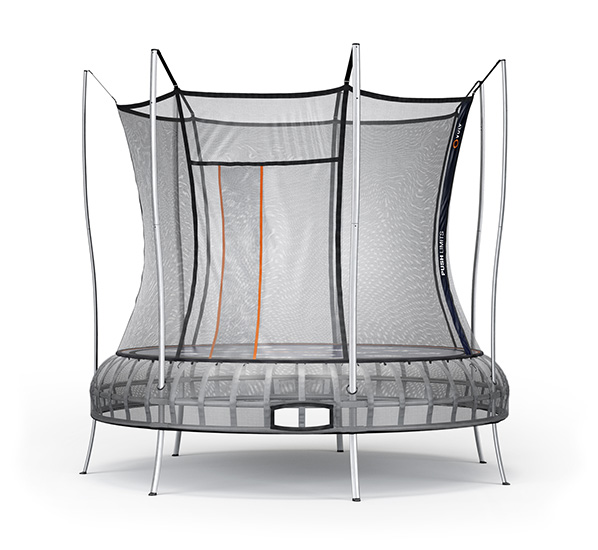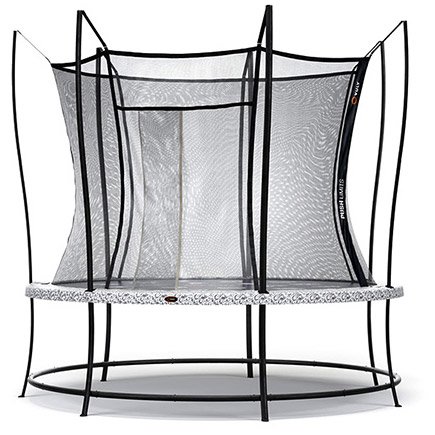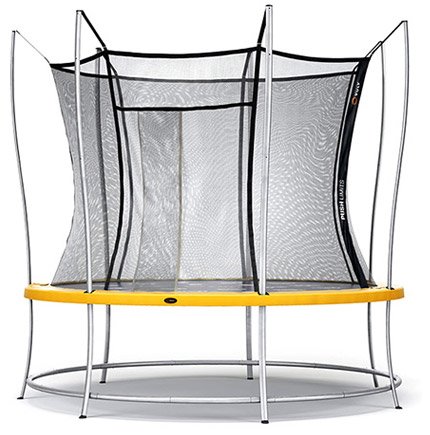
In the world of off-road riding, there are 2 main bike categories that dominate the slopes - gravel bikes and mountain bikes. So what's the difference - what separates these bike categories and how do they compare?
In short, gravel bikes, as opposed to mountain bikes, have a sporty complexion with drop handlebars that give them a road bike look. They are designed for gravel trails, which is why they have minimum suspension unlike the mountain bike, which is designed for rockier slopes. Both have tubeless tires, clutch derailers, and disc brakes.

Table 1: Gravel Bikes Vs Mountain Bikes Comparison
Gravel Bike Drop vs. Mountain Bike Flat Handlebars
Gravel bikes are almost a hybrid between road bikes and mountain bikes, and as such a capable of comfortably handling light trails, but would likely struggle on anything too rocky or steep. Gravel bikes are usually ridden faster and over longer distances. The drop handlebars that gravel bikes employ allow them to seamlessly transition to the road. They are also narrower than flat handlebars, allowing riders to ride in tandem on the road.
Flat handlebars are found on most mountain bikes, and allow for better leverage and control when riding on more technical tracks. The hand positioning is wider and generally more comfortable.
Tire width - Mountain Bikes Have Thicker Wheels
Gravel bikes have narrower tires as compared to mountain bikes, usually between 25-45mm. Narrower tires allow for faster rolling speeds and make the bike lighter overall. The wider tires used on mountain bikes are designed to increase traction and control, and so are better on slower trails that require a lot of maneuvering. Typical MTB tire widths range between 50-70mm.

Suspension - The Price Of Speed
Gravel bikes don't typically incorporate suspension. Instead, by reducing unnecessary parts, gravel bikes focus on reducing weight, increasing speed, and pedaling efficiency. This is in contrast to mountain bikes, which aim to make riding as comfortable as possible, especially when going over rocky trails.
Although kids mountain bikes, which are generally cheaper and designed for less intimidating courses, often also lack suspension, or only have suspension at the front.
Gearing Determines Speed
Gravel bikes and mountain bikes are designed to be ridden at different speeds and on different trails. The gearing system in gravel bikes is designed to handle itself well at high speeds. You will never spin out or run out of gears when pedaling fast. The gears available on the low end, however, aren't so numerous and so this will make it difficult to climb steeper slopes. The situation in mountain bikes is the opposite.
Mountain bikes have a good selection of gears at the lower end, allowing for small transitions when moving up steep slopes. At higher gear ranges, however, mountain bikes are quite lacking and so at higher speeds, you may find yourself struggling to go faster after you've reached the limit of your bike.

Sitting Position
Gravel bikes have riders in a more hunched-over riding position, for aerodynamic purposes. They aren't quite as angled as road bikes, but given the handlebar positions, riders are forced forward in the saddle, which helps reduce drag. Mountain bikes have the rider quite upright, which is generally a more comfortable position and allows for better handling.
The Verdict
Gravel bikes are fast, light and best suited to the terrain which is relatively stable and forgiving. They allow riders to transition easily onto the road Mountain bikes are heavier and are able to handle steeper trails better with more low gear options, better suspension and thicker tires. They are generally more comfortable with a more upright sitting position, wide handlebars and better shock absorption.








































